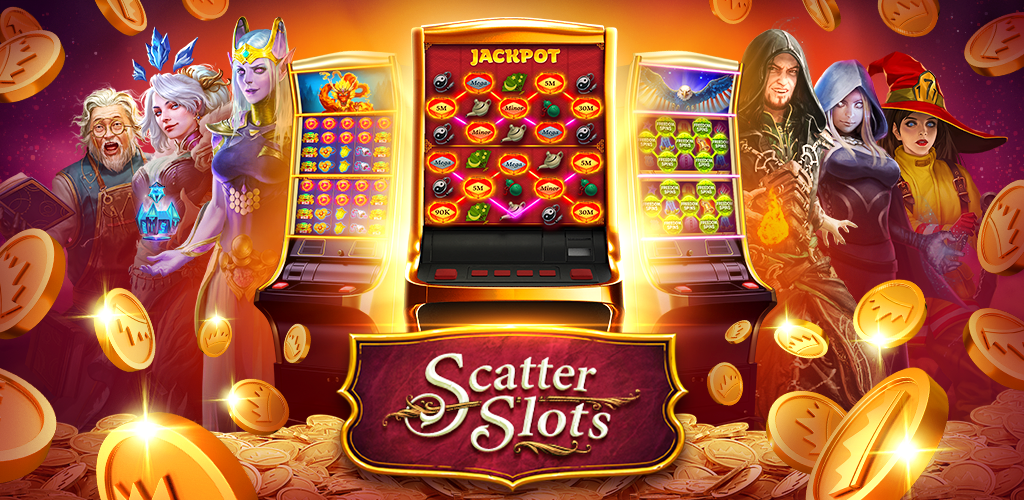
A slot is a narrow notch or groove into which something may be fitted. It is also the name of a position in a series or sequence. For example, the term “slot” is used to describe the position of the chief copy editor at a newspaper. The term is derived from the Middle Low German word sloet, which in turn comes from West Germanic Schloss.
If you’re looking to win big at slots, you need to know how to read the pay table. The pay table is usually displayed somewhere on the game screen, and it can help you understand the rules of each slot. You can find it by clicking a button on the bottom of the game or by looking for different symbols.
In the past, when slot machines were simpler and had less reels, they often featured a pay table directly on the machine itself. Nowadays, with games that are more complicated and feature giant HD computer monitors, the pay tables tend to be embedded in the game’s help screens. But they still serve the same purpose as they did in the past.
The simplest way to understand the rules of a slot is by studying the pay table. It will tell you what each symbol means and how it can trigger various bonus features. You can find the pay table by clicking on an icon that resembles a question mark, an i, or the words “pay table.” Then you’ll be able to see everything about the slot you’re playing.
It’s important to keep in mind that most slot machines are based on chance and not skill. You can’t control the outcome of a spin, but you can try to influence it by changing your strategy and betting amount. It’s also important to keep in mind that you should only play one slot at a time, and never share a machine with another player. This will ensure that everyone gets to play the same number of spins and maximize their chances of winning.
In aviation, a slot is an allocated period of time in which an aircraft can take off or land at an airport, as determined by the air traffic controller. The use of central flow management has resulted in huge savings of both time and fuel.
In gambling, a slot is the space on the paytable that corresponds to the number of coins you’re betting. Each slot has a minimum and maximum wager value. If you’re new to slot games, it can be difficult to determine the correct stake value for each spin. Fortunately, most slot games offer a helpful pay table that will explain the minimum and maximum bets for each slot. Using this information, you can choose the best slot for your budget. This is an excellent way to avoid overspending. This also reduces the risk of losing more money than you intended to. This is a very effective way to manage your bankroll and increase your odds of winning.